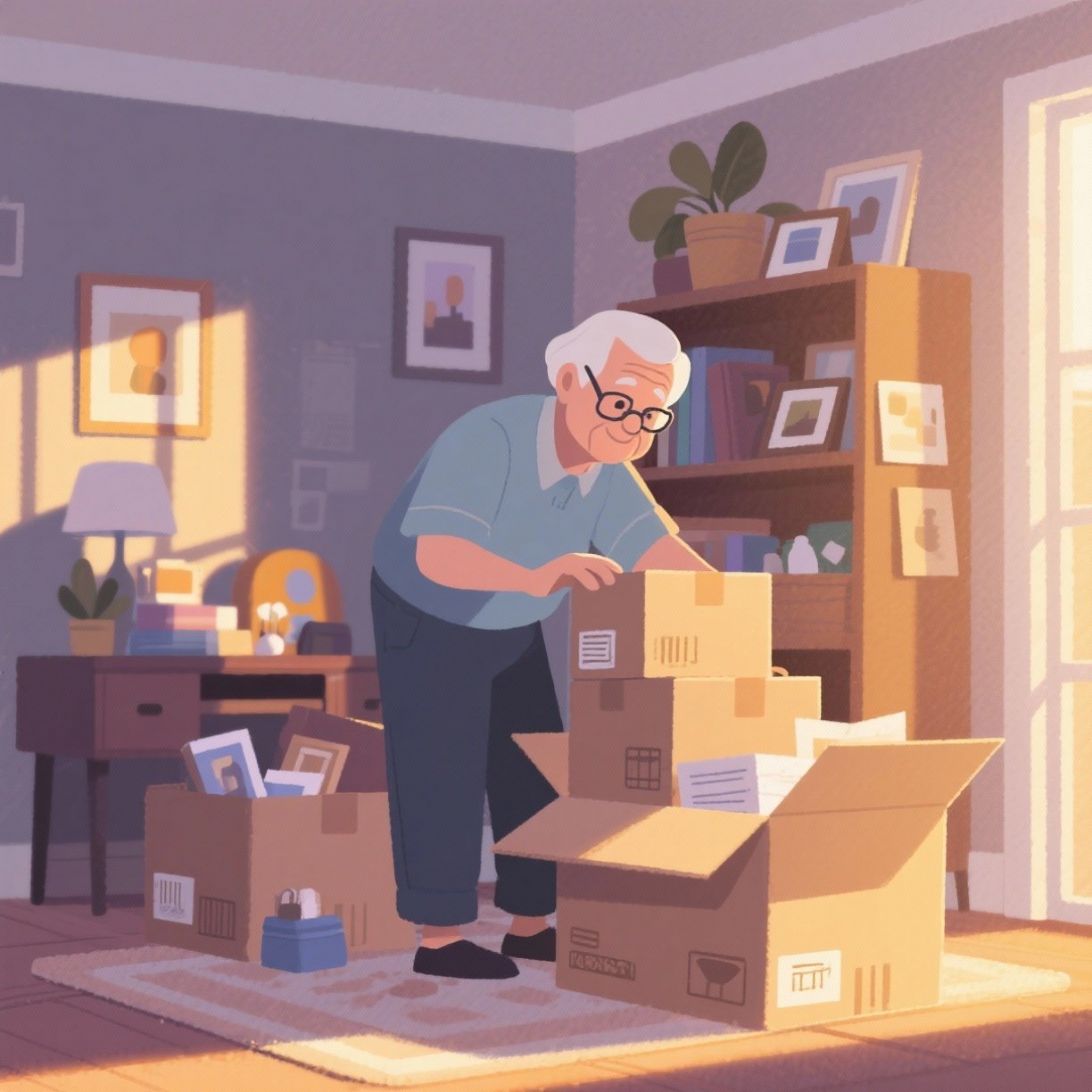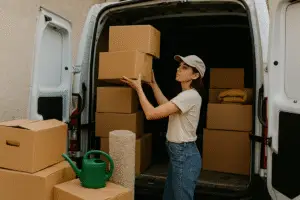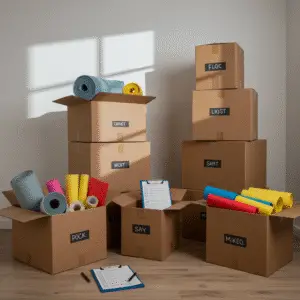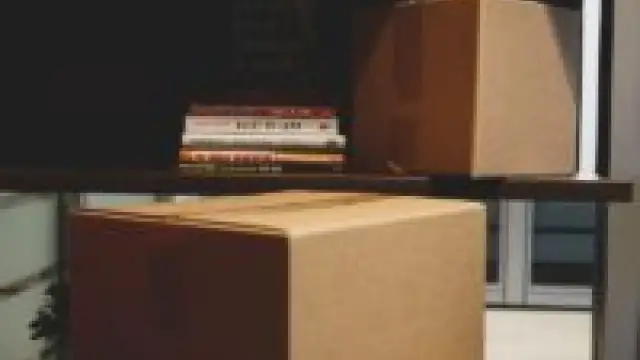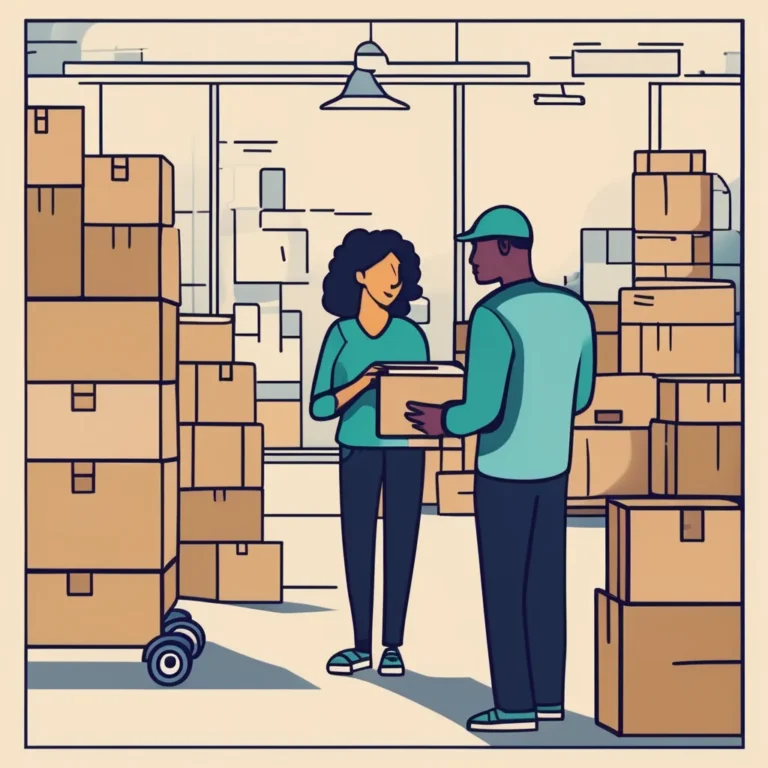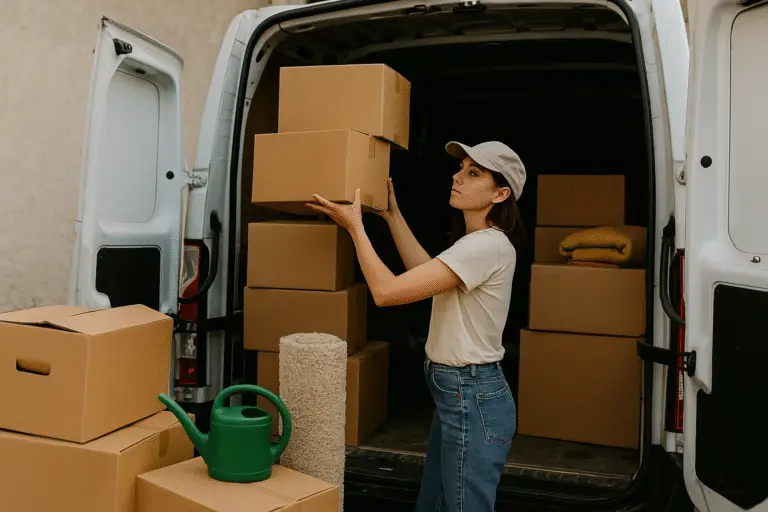Grandpa Moves Himself
DIY Moving Guide for Seniors: Safe, Smart Strategies for Elderly Relocation
Why Seniors Choose DIY Moving Solutions
Moving as a senior doesn’t mean you have to hire expensive professional movers. With proper planning, safety precautions, and smart strategies, seniors can successfully manage their own relocations while maintaining control over their belongings and timeline. This comprehensive guide addresses the unique needs of elderly movers.
Senior DIY moving offers significant benefits including substantial cost savings, complete control over pacing, and the ability to handle sentimental items personally. However, it requires careful planning around mobility limitations, health considerations, and energy levels. This guide provides practical solutions for elderly adults who want to move independently while prioritizing safety and efficiency.
1
Senior-Specific Moving Assessment and Planning
Health and Mobility Evaluation
Begin your DIY moving journey with an honest assessment of your physical capabilities. Consider recent health changes, mobility limitations, and energy levels when planning your move timeline and strategy.
Senior Moving Self-Assessment
- Can you safely lift 10-15 pounds repeatedly?
- Do you have balance issues or fall risk concerns?
- Are there times of day when you have more energy?
- Do you take medications that affect strength or coordination?
- Can you work for 2-3 hours with rest breaks?
- Do you have reliable family or friends who can assist?
Schedule a consultation with your doctor before planning a DIY move. They can provide guidance on physical limitations and recommend modifications to keep you safe.
Downsizing Strategy for Seniors
Senior moves often involve significant downsizing. Start this process 3-6 months early to reduce emotional stress and physical demands. Focus on keeping items that truly matter and fit your new lifestyle.
Senior Downsizing Priority System
- Essential items: Medical supplies, important documents, daily necessities
- Sentimental keepsakes: Family photos, heirlooms, meaningful mementos
- Practical furniture: Items that fit your new space and mobility needs
- Seasonal items: Clothing and items you actually use regularly
- Donation candidates: Items in good condition others could enjoy
Building Your Senior Moving Support Team
Successful senior DIY moves rely on a strong support network. Identify family members, friends, neighbors, or community volunteers who can assist with different aspects of your move.
Contact local senior centers, religious organizations, or community groups. Many offer volunteer moving assistance programs specifically designed for elderly residents.
2
Age-Appropriate Moving Equipment and Safety Tools
Senior-Friendly Moving Equipment
Invest in equipment that reduces physical strain and increases safety. The right tools can make the difference between a successful move and potential injury for senior movers.
Essential Senior Moving Equipment
- Four-wheel dollies: More stable than two-wheel hand trucks
- Rolling utility carts: For moving multiple small boxes at once
- Furniture sliders: Move heavy items without lifting
- Adjustable-height work surfaces: Reduce bending and reaching
- Ergonomic packing tools: Easy-grip tape dispensers and box cutters
- Lightweight ladders or step stools: For safe reaching
- Padded lifting belts: Provide back support during lifting
Safety Equipment for Elderly Movers
Prioritize safety equipment that prevents falls, protects joints, and provides emergency assistance. These investments are crucial for senior DIY movers.
Senior Moving Safety Kit
- Non-slip work gloves with good grip
- Supportive, closed-toe shoes with good tread
- Knee and back support braces if needed
- First aid kit with personal medications
- Emergency contact list posted in multiple locations
- Cell phone with emergency numbers programmed
- Plenty of water and healthy snacks
Smart Packing Solutions for Seniors
Use smaller boxes, lighter materials, and ergonomic packing strategies. The goal is to make every aspect of your move manageable for your current physical capabilities.
Pack boxes no heavier than 20 pounds maximum. Use small boxes for books and heavy items, reserving large boxes only for lightweight items like linens and clothing.
3
Health-Conscious Moving Timeline and Pacing
Extended Timeline Planning for Seniors
Senior moves benefit from extended timelines that allow for rest, proper pacing, and handling of unexpected health issues. Plan for 2-3 times longer than a typical adult move.
Senior Moving Timeline
- 12-16 weeks before: Begin downsizing and decluttering process
- 8-10 weeks before: Research new area services (doctors, pharmacies, etc.)
- 6-8 weeks before: Begin packing non-essential items
- 4-6 weeks before: Arrange utility transfers and address changes
- 2-4 weeks before: Confirm moving help and equipment rentals
- 1-2 weeks before: Pack daily essentials and prepare medications
- Moving week: Focus on supervision and light tasks only
Daily Energy Management
Work during your peak energy hours and take frequent breaks. Most seniors have better energy levels in the morning, making this the ideal time for physical moving tasks.
Follow the “20-minute rule”: Work for 20 minutes, then take a 5-10 minute break. This prevents overexertion and maintains consistent energy levels throughout the day.
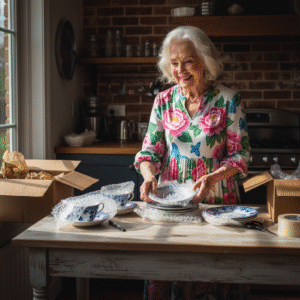 Medication and Health Management During Moving
Medication and Health Management During Moving
Maintain your regular medication schedule and health routines throughout the moving process. Pack medications in easily accessible, clearly labeled containers.
Senior Health Moving Checklist
- Pack 2-week supply of all medications in carry-on bag
- Transfer prescriptions to pharmacy near new home
- Schedule appointments with new doctors before moving
- Request medical records from current healthcare providers
- Research hospitals and urgent care near new address
- Update insurance information with new address
Senior Moving Day Best Practices
Supervision and Light Duty Focus
On moving day, seniors should focus primarily on supervision, organization, and light tasks rather than heavy lifting. Your role is coordination, not physical labor.
Comfortable Environment Setup
Create a comfortable “command center” with seating, water, snacks, and phone access. This gives you a central location to coordinate activities while staying comfortable.
Emergency Preparedness
Have emergency contacts easily accessible, keep medications nearby, and ensure someone knows your health conditions and can act on your behalf if needed.
Stress Management Techniques
Use deep breathing, take breaks when feeling overwhelmed, and remember that it’s okay to delegate tasks. Moving is stressful at any age, but manageable with the right approach.
4
Senior-Focused Settling and Safety Setup
Immediate Safety and Accessibility Priorities
Focus first on making your new home safe and accessible. Set up essential systems, clear pathways, and organize frequently used items within easy reach.
Day One Senior Setup Priorities
- Test all lighting and add nightlights in hallways
- Clear pathways and remove tripping hazards
- Set up bedroom with comfortable, accessible furniture
- Organize medications in easily accessible location
- Program important phone numbers into all phones
- Install grab bars if needed in bathroom
- Locate and test smoke detectors and emergency systems
Establishing Local Healthcare and Support Networks
Quickly establish connections with local healthcare providers, pharmacies, and support services. This ensures continuity of care and creates a local support network.
Register with a local pharmacy immediately and fill one prescription to establish your account. This ensures medication access even if there are transfer delays.
Gradual Organization Strategy
Unpack systematically over several weeks, prioritizing essential items and comfort over completeness. Focus on creating functional, safe spaces rather than perfect organization.
Senior Unpacking Priority Order
- Week 1: Bedroom, bathroom, and kitchen essentials
- Week 2: Living room seating and entertainment setup
- Week 3: Important documents and personal items organization
- Week 4: Seasonal items and remaining belongings
- Ongoing: Decorating and personalizing spaces
Critical Mistakes to Avoid for Elderly Movers
- Overestimating physical capabilities: Attempting tasks beyond your current abilities can result in serious injury and delayed recovery.
- Rushing the moving process: Compressed timelines increase stress and injury risk for seniors who need adequate rest and pacing.
- Neglecting medication management: Disrupted medication schedules during moves can cause serious health complications.
- Inadequate support system: Attempting to move without sufficient help puts unnecessary strain on aging bodies.
- Ignoring safety equipment: Skipping supportive tools and safety gear to save money often results in much more expensive medical costs.
- Postponing healthcare transitions: Waiting too long to establish care with new doctors can create dangerous gaps in medical supervision.
 Successful Senior DIY Moving is Absolutely Achievable
Successful Senior DIY Moving is Absolutely Achievable
Age doesn’t have to prevent you from managing your own move successfully. With proper planning, appropriate equipment, and realistic expectations, seniors can enjoy the cost savings and control that come with DIY moving while prioritizing safety and health.
The key is acknowledging your current capabilities, building a strong support network, and allowing adequate time for each phase of the process. Your experience and wisdom are valuable assets in planning and coordinating a successful move.
Remember that successful senior moving is about smart planning, not physical strength. By following these age-appropriate strategies and prioritizing safety over speed, you can achieve a successful DIY move while maintaining your independence and saving thousands of dollars in moving costs.

